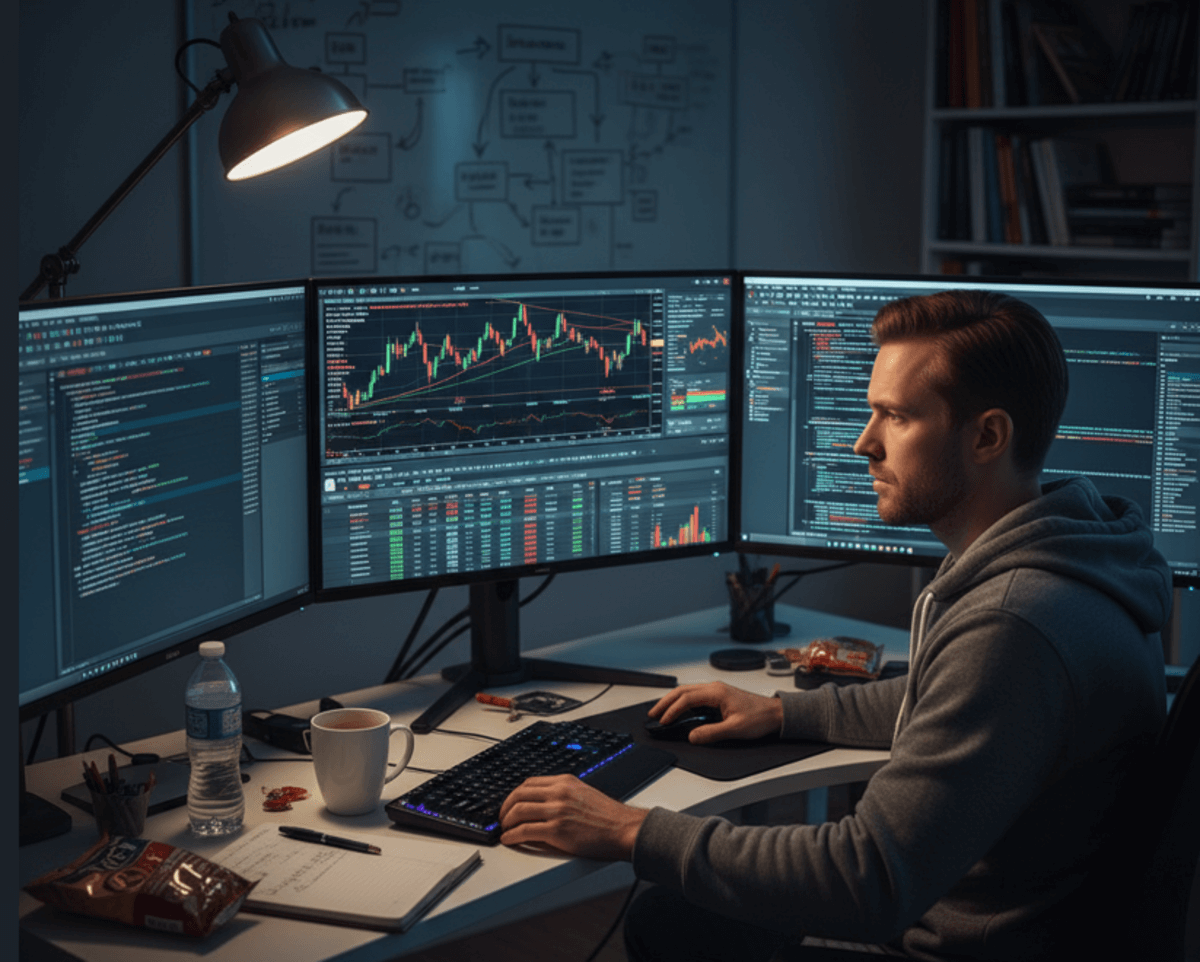Backtesting is one of the smartest things a trader can do before risking real money. In this guide on how to backtest your strategy before trading live, I’ll show you step by step how to test, refine, and build confidence in your system
Learn the Secret of Forex Trading, Click here to download a free e-book now
Key Summary
Backtesting is the bridge between theory and live trading. By defining your rules, testing on past data, and analyzing performance, you’ll know whether your strategy has potential or needs refinement.
What is Backtesting in Forex?
Backtesting is the process of applying your trading strategy to historical data to see how it would have performed. For example, if you have a trend-following system, you test it on past EUR/USD charts to measure wins, losses, and overall profitability.
It’s like a rehearsal before stepping on stage.
Steps on How to Backtest Your Strategy Before Trading Live
1. Define Your Strategy Clearly
- What’s your entry signal? (e.g., moving average crossover, candlestick pattern, breakout).
- What’s your exit signal? (stop loss, take profit, trailing stop).
- What’s your risk per trade?
The clearer your rules, the easier and more accurate your backtest will be.
2. Choose a Market and Timeframe
- Example: EUR/USD on the 1-hour chart.
- Stick to the pair and timeframe you plan to trade live.
- Don’t jump around—consistency matters.
3. Gather Historical Data
- Most platforms like MT4, MT5, or TradingView provide free historical charts.
- Scroll back months or years depending on your strategy.
4. Manually or Automatically Test
- Manual Backtesting: Scroll through charts bar by bar, marking where you’d enter and exit.
- Automated Backtesting: Use software or scripts to run your rules on large datasets quickly. MT4 and MT5 has a strategy tester
5. Record Your Results
Make a simple spreadsheet:
- Date of trade
- Currency pair
- Entry price
- Exit price
- Win/Loss
- Loss (in pips or %).
This helps you spot patterns and weaknesses.
6. Analyze Performance
Look for:
- Win rate (e.g., 55% wins).
- Risk-to-reward ratio (e.g., average win 2x average loss).
- Maximum drawdown (worst losing streak).
7. Refine and Retest
If your system shows promise but isn’t perfect, tweak it. Maybe adjust your stop loss distance, add a filter like RSI, or focus only on trending markets. Then backtest again.
Benefits of Backtesting
- Builds confidence in your system.
- Identifies flaws before you trade live.
- Helps you understand different market conditions (trending, ranging, volatile).
- Saves money by preventing unnecessary losses.
Bottom Line
If you truly want to grow as a trader, don’t skip backtesting. It’s cheaper to learn from historical charts than from blown accounts. The time you invest now will save you money and frustration later.
FAQ on Backtesting
Q: How many trades should I backtest?
A: At least 100 trades to get meaningful results.
Q: Can backtesting guarantee success?
A: No. It only shows how your strategy might perform. Forward testing (demo/live) is still needed.
Q: Which is better: manual or automated backtesting?
A: Manual is more realistic but slower. Automated is faster for large datasets. Ideally, use both.
Q: Do I need coding skills for automated backtesting?
A: Not always. Many platforms have built-in backtesting tools. For advanced systems, coding helps.
